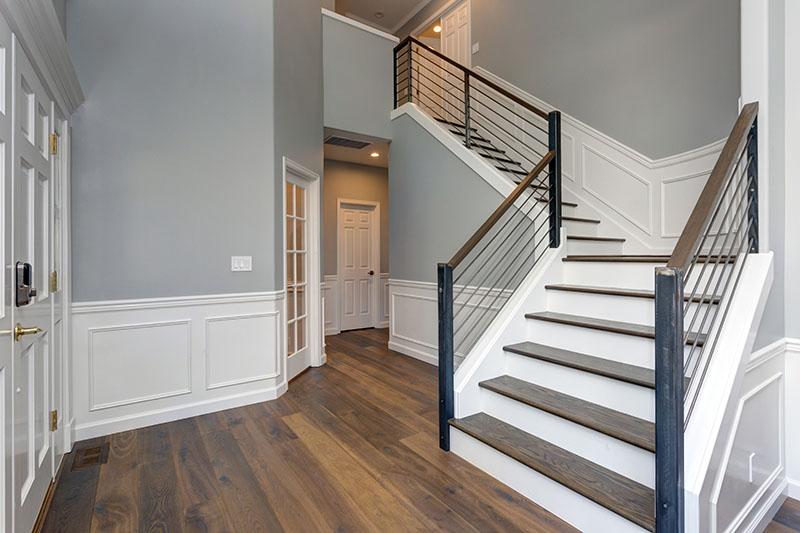In earlier posts we discussed finding the right lender and realtor. Now it is time…
Temporary Buydown
What is a 2/1 rate buydown?
Generally speaking, a buydown is a real estate financing technique that makes it easier for a borrower to qualify for a mortgage with a lower interest rate. That lower rate can last for the duration of the mortgage or for a particular period of time.
A 2-1 buydown is an agreement that provides for a low interest rate for the first year of the loan, a somewhat higher rate for the second year and the full rate for the third year and beyond. The interest rate on a 2-1 buydown would be 2% below the note rate for the first year, 1% below the note rate for the second year and years three through 30 would be at the note rate.
How does a 2/1 rate buydown work?
A 2-1 buydown can be paid for by the homebuyer or most commonly the home seller can pay for it as a seller concession. A lump sum deposited in an escrow account with the lender and used to subsidize the borrower’s reduced monthly payments.
According to experts interviewed by the Washington Post, Fannie Mae, Freddie Mac and the Federal Housing Administration (FHA) do require the borrower to qualify for their mortgage at the note rate, regardless of the buydown.
What are the pros and cons?
A 2-1 buydown as a seller concession can sometimes make it easier and faster for home sellers to sell their home for a good price.
For homebuyers, there are a few potential benefits to a 2-1 buydown. Because a temporary buydown decreases their mortgage payment for the first two years, the borrower can have more money available to them during that period than they would if they were paying the full mortgage payment. That money can be used to furnish or renovate their new home, or go toward saving for other financial goals.
A 2-1 buydown can also ease new homeowners into the process of paying a monthly mortgage by starting them at a lower payment. Additionally, if a buyer expects their income to rise over the next two years, the 2-1 buydown allows them time to grow their earnings before they’re required to pay the full amount.
And for borrowers who are hoping to refinance at a lower rate in the future, using a seller concession to purchase a 2-1 buydown can result in more savings for them rather than using their own funds to make a larger down payment or buy points to permanently bring down the interest rate. If able to refinance within the first 24 months, any unused buydown funds are returned to the borrower.
In terms of cons, a 2-1 buydown does have a high upfront cost, and may only be worth it for the buyer if they can get the buydown via a seller concession. As a seller concession, the buydown becomes part of the closing costs that the seller pays to help the buyer by reducing their closing costs.
The payments will increase after the first and second year of the buydown before stabilizing in the third year going forward, so the homebuyer will have to adjust to the larger payments over time. If they’re counting on their income increasing to keep pace with those payment increases, that’s also a risk. And if there are any problems with their escrow agent sending the buydown payment, then the homebuyer is responsible for paying the difference.




